

Max Davies
2026 GWM Cannon Ultra review
5 Days Ago
The ASX is a crucial car for Mitusbishi in Australia and, at 13 years old, is very long in the tooth. What might replace it?

Contributor
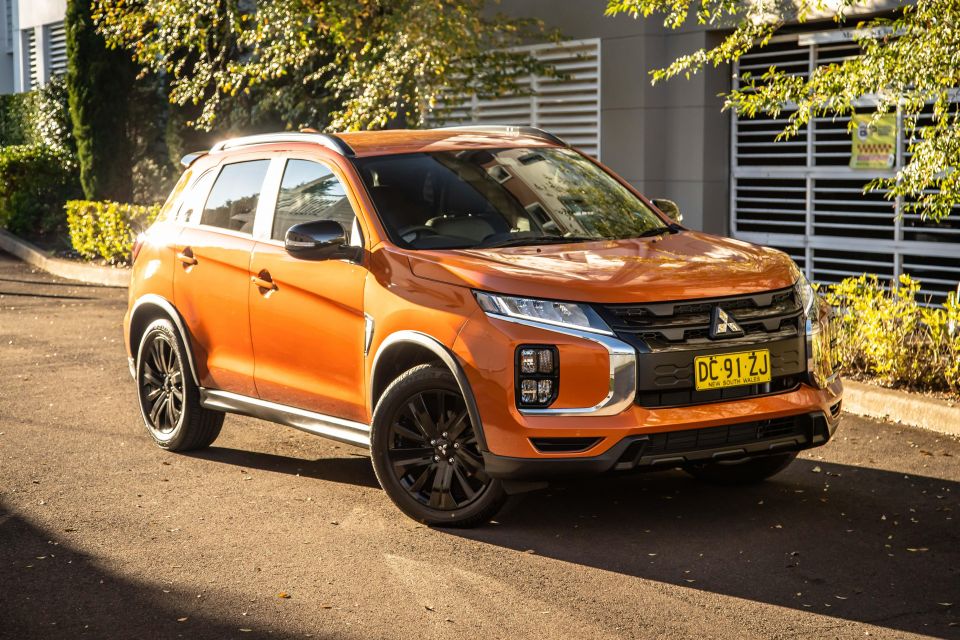

Contributor
Mitsubishi still doesn’t know how it will replace the venerable ASX in Australia.
The current ASX, which accounted for more than 15 per cent of Mitsubishi sales in Australia during 2022, has been on sale locally since 2010. It’s been treated to multiple styling and tech updates, but is now around five years beyond the point most vehicles would be replaced by a ground-up new car.
Senior executives within Mitsubishi confirmed to local media the brand still hasn’t decided what path it’ll take with a replacement, or if it will bother with a replacement at all – despite acknowledging the fact even the ageless ASX “can’t last forever”.
Asked if there will be a successor to the venerable ASX SUV, executive officer responsible for product at Mitsubishi Motors, Koichi Namiki, told Australian media only that there “could be”.
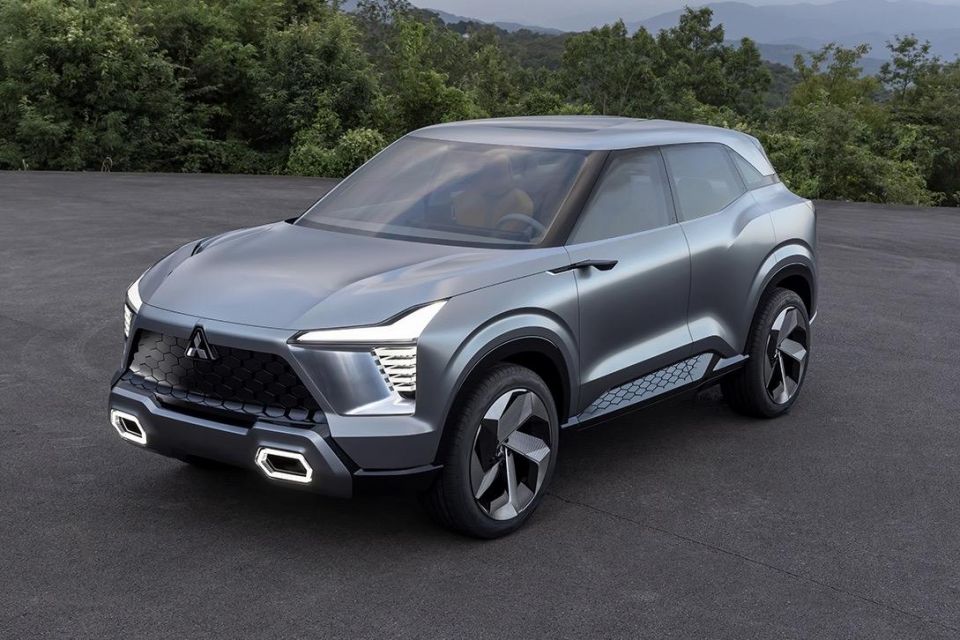
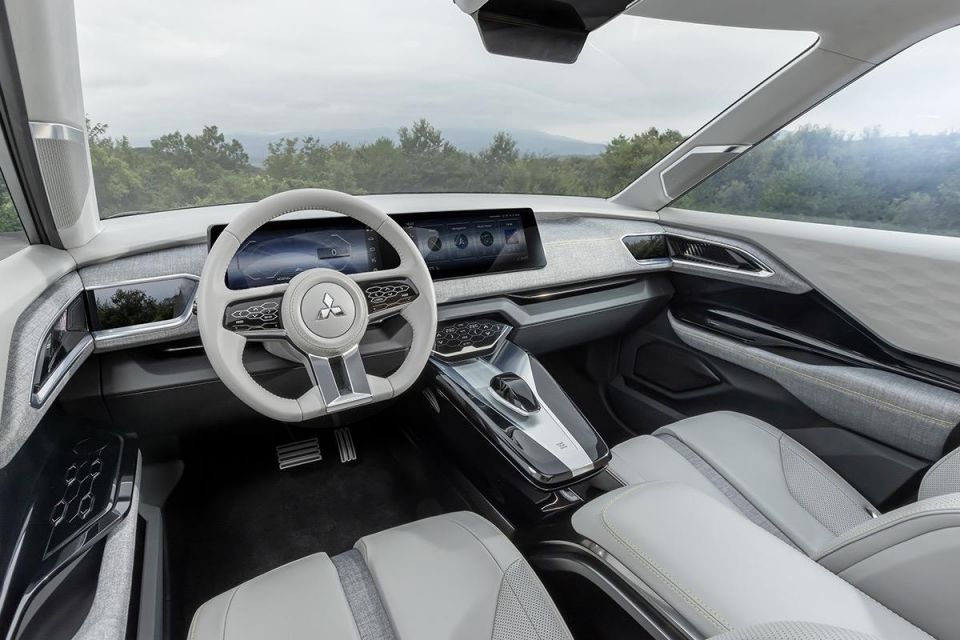
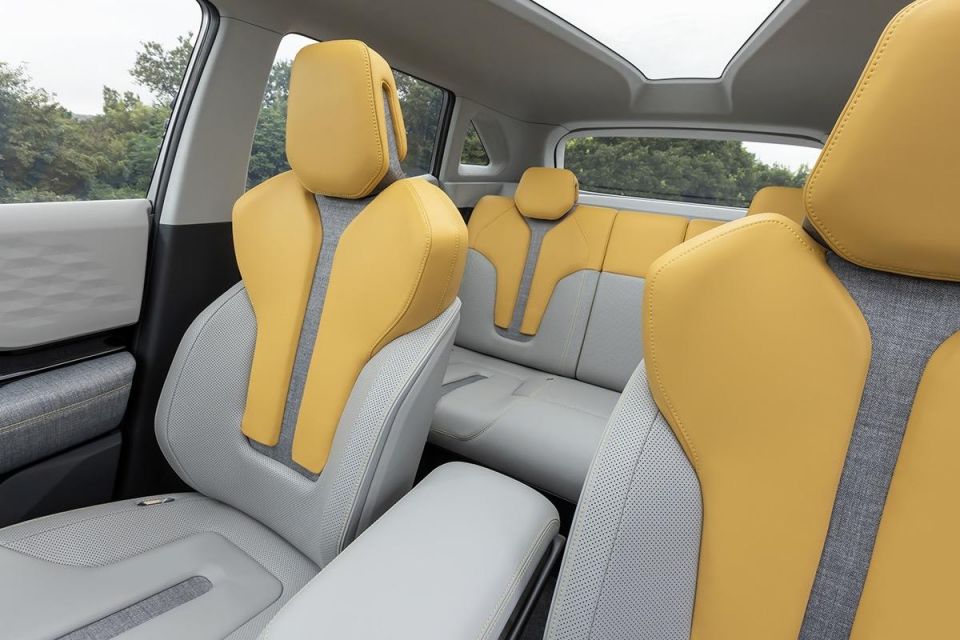
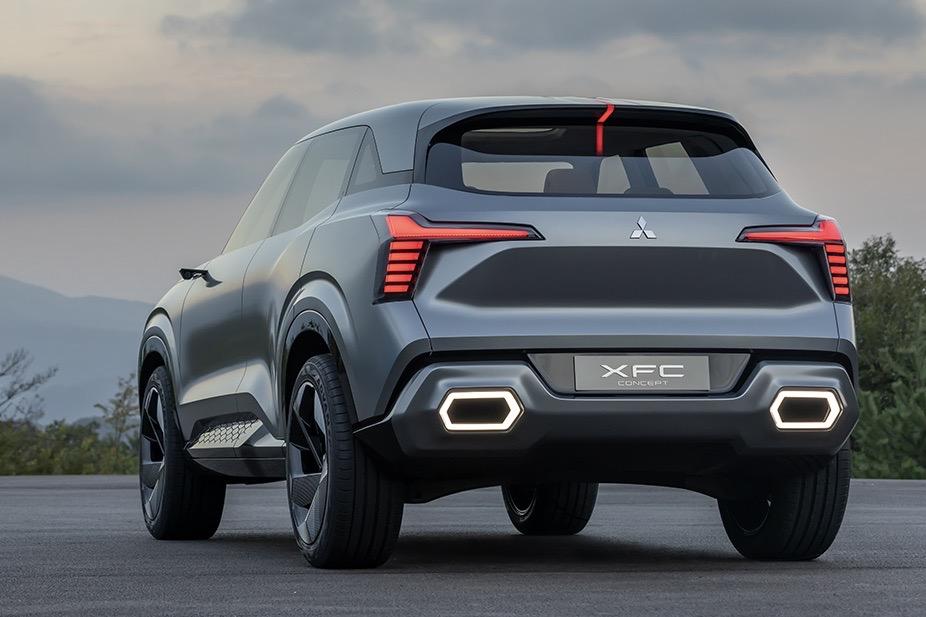
Were to be discontinued, the Eclipse Cross (or its replacement, which is coming in at least some parts of the world) would be forced to serve as an entry point to the Mitsubishi SUV range locally. Currently, the ASX outsells it two-to-one.
Namiki-san laid two options for how Mitsubishi could replace the ASX, should it decide to.
The first is developing a take on the production version of the XFC concept for the Australian market.
Although it’s the right size to replace the ASX sold locally, Namiki-san confirmed the XFC is being developed predominately for south-east Asian (ASEAN) markets such as Thailand.
That means at launch it’s not guaranteed to offer the levels of safety, refinement, or efficiency Australian buyers expect – and bringing it into line with our tastes is unlikely to be a cheap engineering exercise.
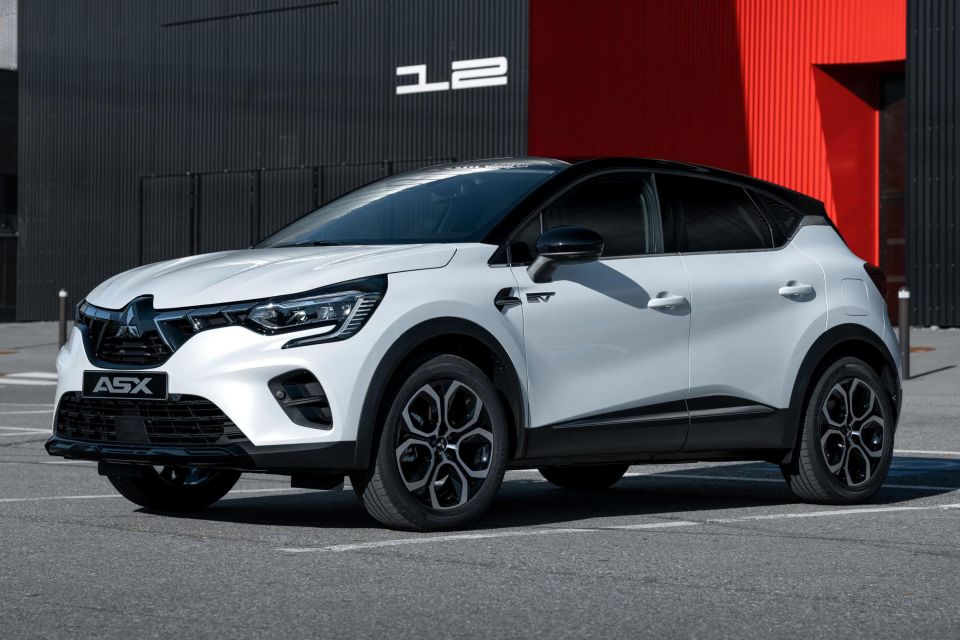
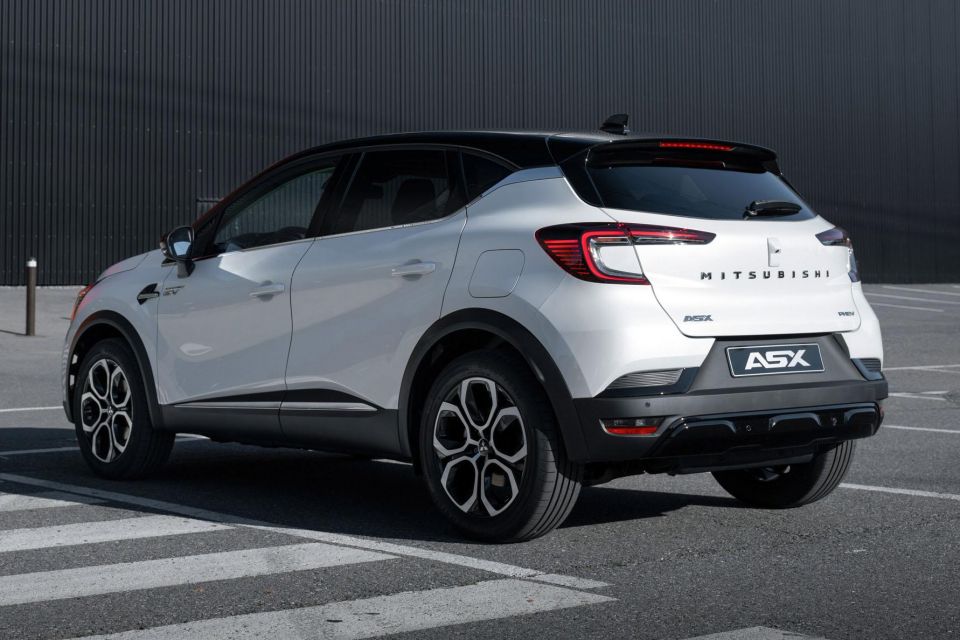
The second option is sticking the ASX badge on a vehicle from elsewhere in the Renault-Nissan-Mitsubishi Alliance, likely the Renault Captur, as Mitsubishi has done in Europe.
The Captur is currently sold in Australia, so it meets local emissions and safety standards, and it’s built in right-hand drive.
The challenges Mitusbishi faces with that approach are twofold.
The first is convincing its Alliance partner at Renault to build the rebadged Captur in right-hand drive for Australia in sufficient volumes; the second is selling it.
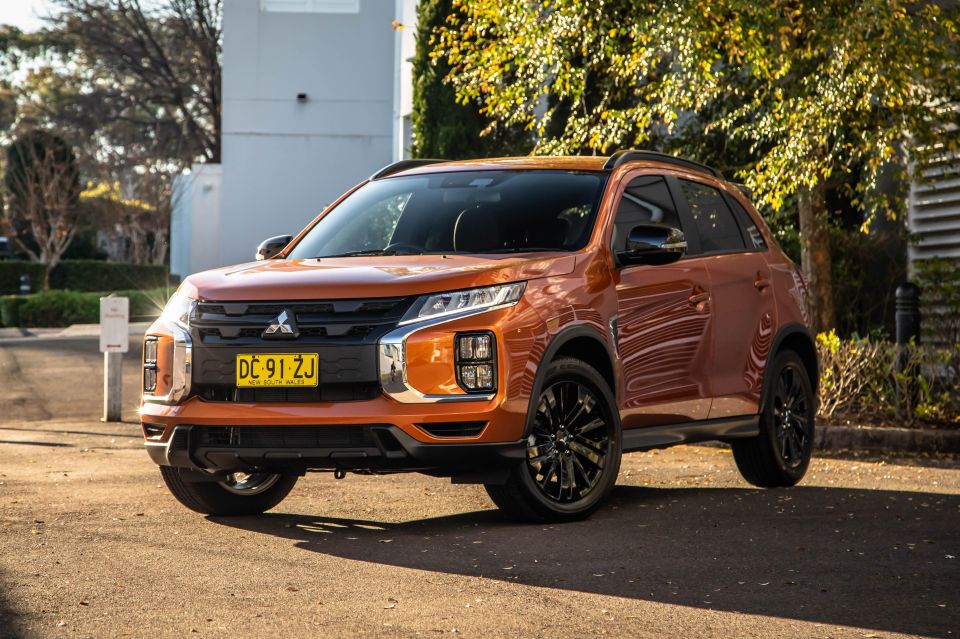
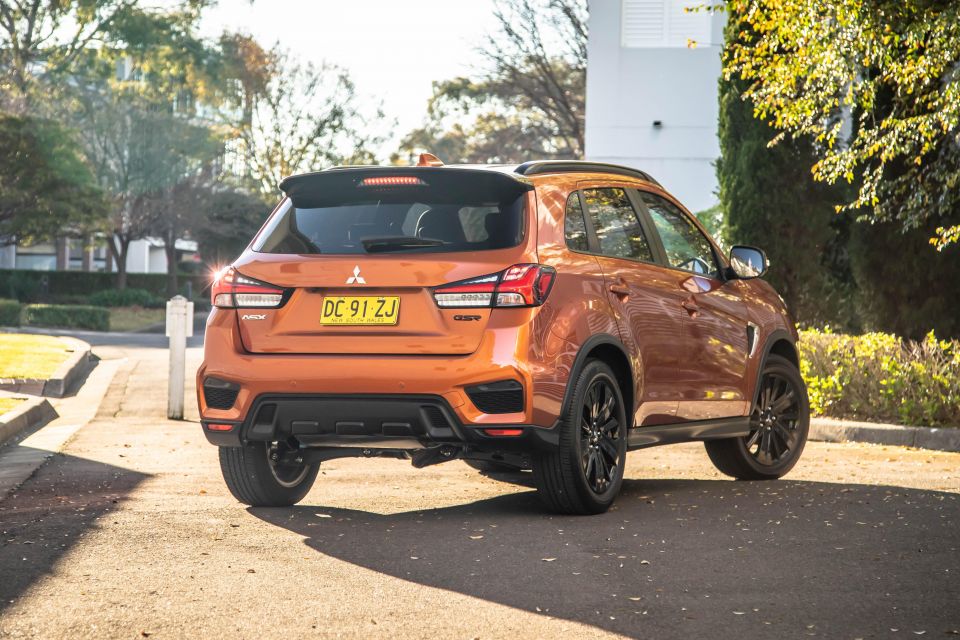
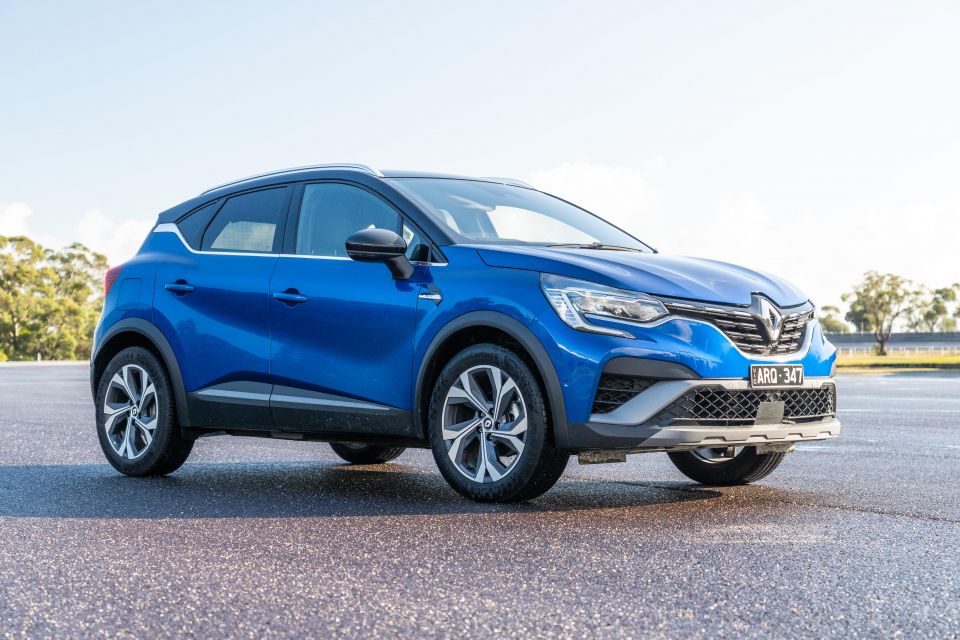
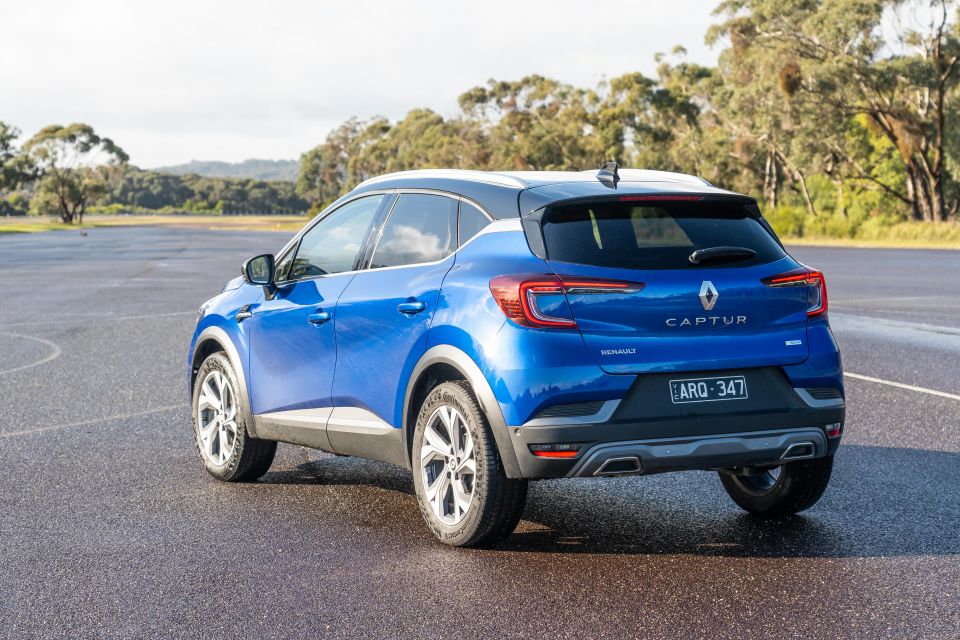
The Captur is a fundamentally different vehicle to the current ASX, competing at a different price point. Mitsubishi is inching upmarket with the Outlander SUV, which is bigger and more expensive than the car it replaces, and is likely to do similar when the new Triton launches.
But core to the ASX’s appeal is value. The current range is priced between $23,990 and $34,740 before on-roads, where the Captur kicks off at $31,800 and extends to $41,300 before on-roads.
Mitsubishi has also been burned before with rebadged Renault products in Australia.
The Express van was a rebadged Renault Trafic introduced to Australia in 2020 by Mitsubishi, and discontinued in the middle of 2022. Shortly after launch, it was slapped with a zero-star ANCAP safety rating due to the absence of safety assist features now common in rivals.
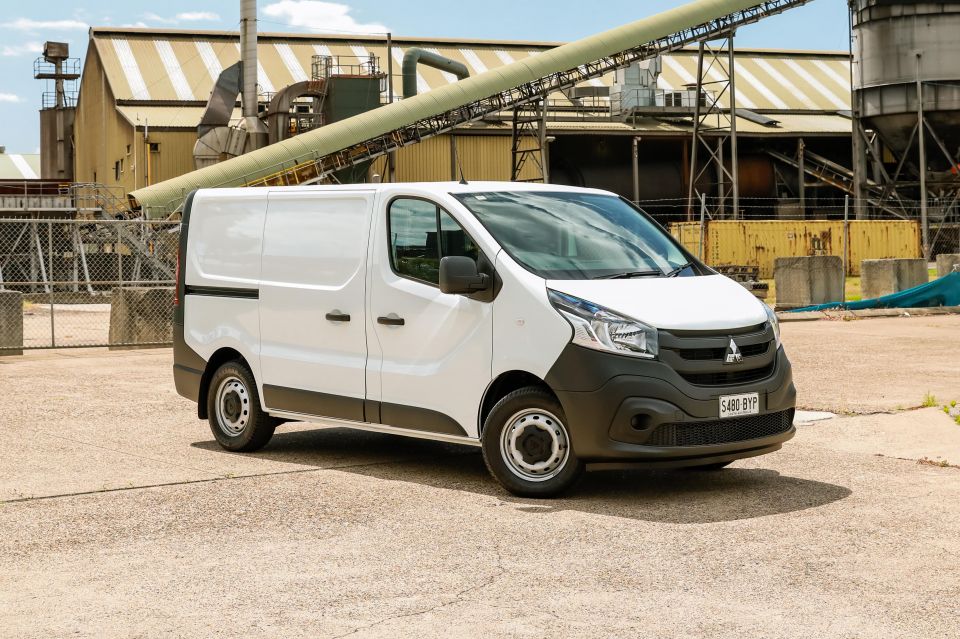
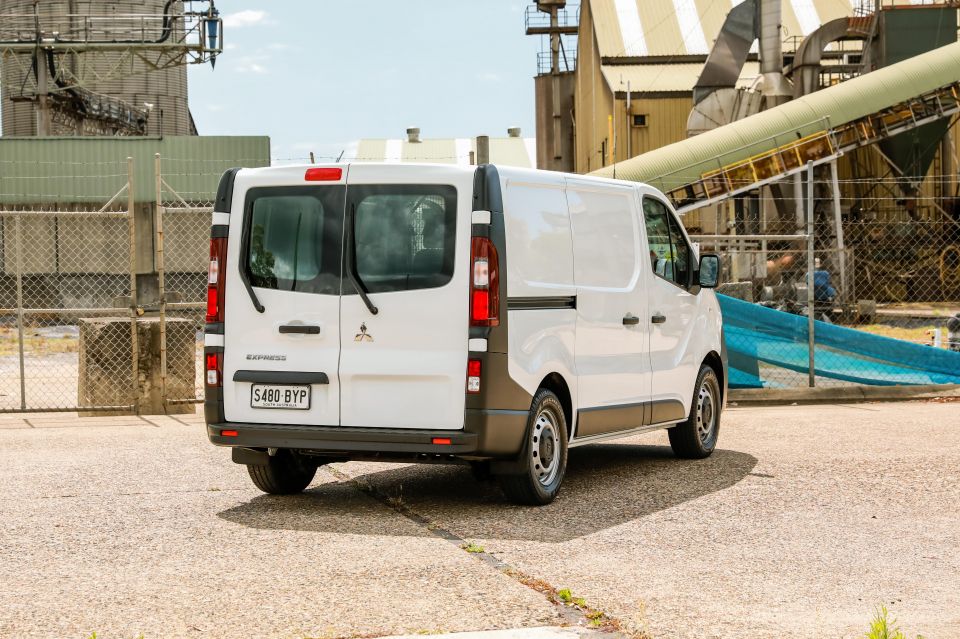
In spite of that, Namiki-san is confident buyers will warm to a rebadged Alliance product wearing the ASX badge provided “the product itself is a good one”.
Regardless which road Mitsubishi takes should it decide to replace the ASX, it’s unlikely the next-generation car will be in Australia any time soon.
That would suggest there’s still life in the current model.
Namiki-san wouldn’t confirm when production of the current car is set to end, but did admit head office is “not assuming” there’ll be a gap between the car currently on sale and whatever replaces it in local showrooms.
Where expert car reviews meet expert car buying – CarExpert gives you trusted advice, personalised service and real savings on your next new car.
Scott Collie is an automotive journalist based in Melbourne, Australia. Scott studied journalism at RMIT University and, after a lifelong obsession with everything automotive, started covering the car industry shortly afterwards. He has a passion for travel, and is an avid Melbourne Demons supporter.


Max Davies
5 Days Ago


Josh Nevett
3 Days Ago


Max Davies
3 Days Ago


Max Davies
2 Days Ago
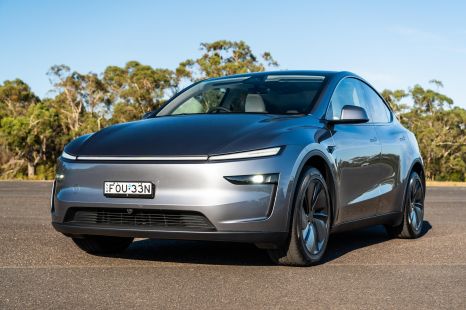

CarExpert.com.au
2 Days Ago
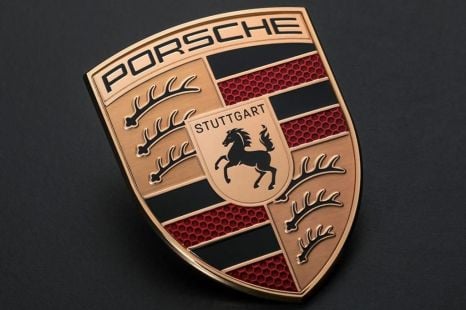

Damion Smy
2 Days Ago